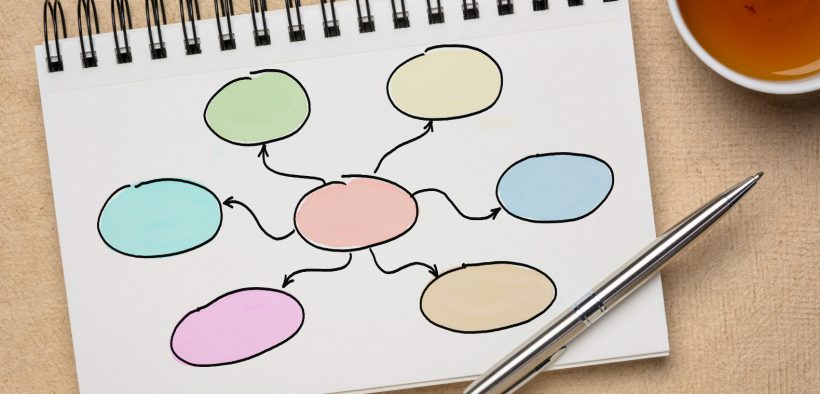We learn by connecting new information to prior knowledge (Palfreman, 1992). Much of this involves categorizing information according to patterns. Whereas the average American football fan just sees 11 individual defenders on the field, a veteran NFL quarterback sees the formation within the context of a category, such as a “two-deep zone.” This allows him to quickly interpret formations and decide how to react to them. In this way, much of expertise comes down to accumulating a storehouse of categories for structuring new information.
Related Articles
I have two loves: teaching and learning. Although I love them for different reasons, I’ve been passionate about...
Active learning is a mostly meaningless educational buzzword. It’s a feel-good, intuitively popular term that indicates concern for...
Perhaps the earliest introduction a student has with a course is the syllabus as it’s generally the first...
Generative AI allows instructors to create interactive, self-directed review activities for their courses. The beauty of these activities...
I’ve often felt that a teacher’s life is suspended, Janus-like, between past experiences and future hopes; it’s only...
I teach first-year writing at a small liberal arts college, and on the first day of class, I...
Proponents of rubrics champion them as a means of ensuring consistency in grading, not only between students within...









